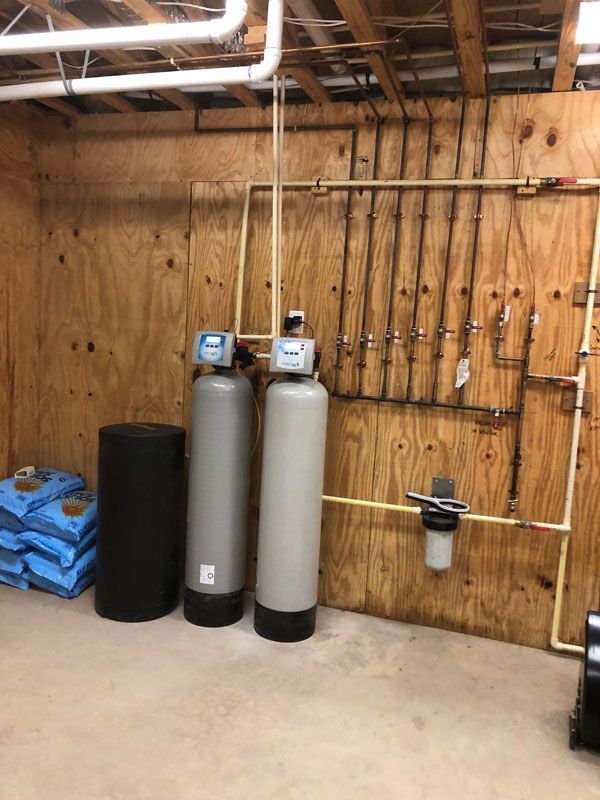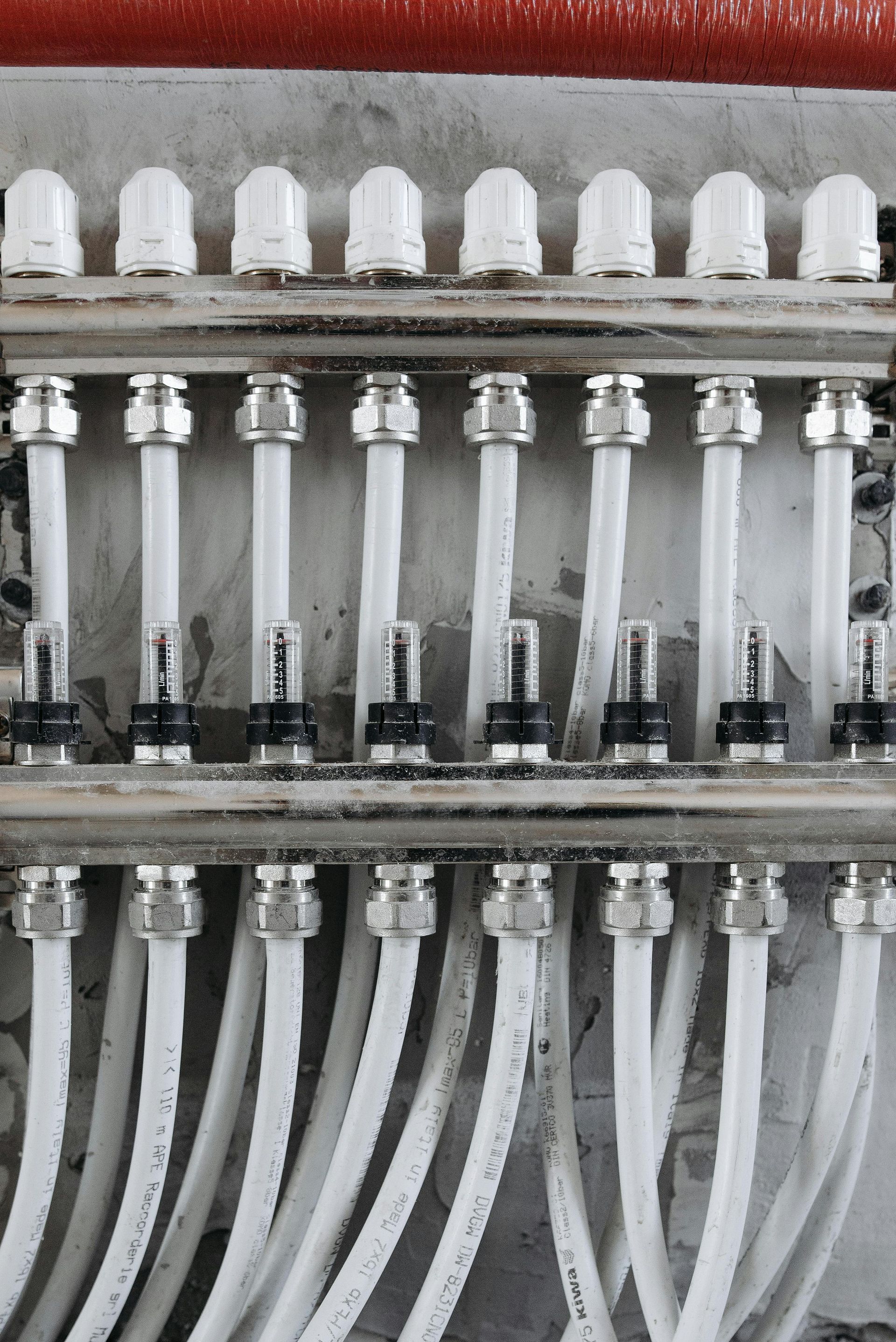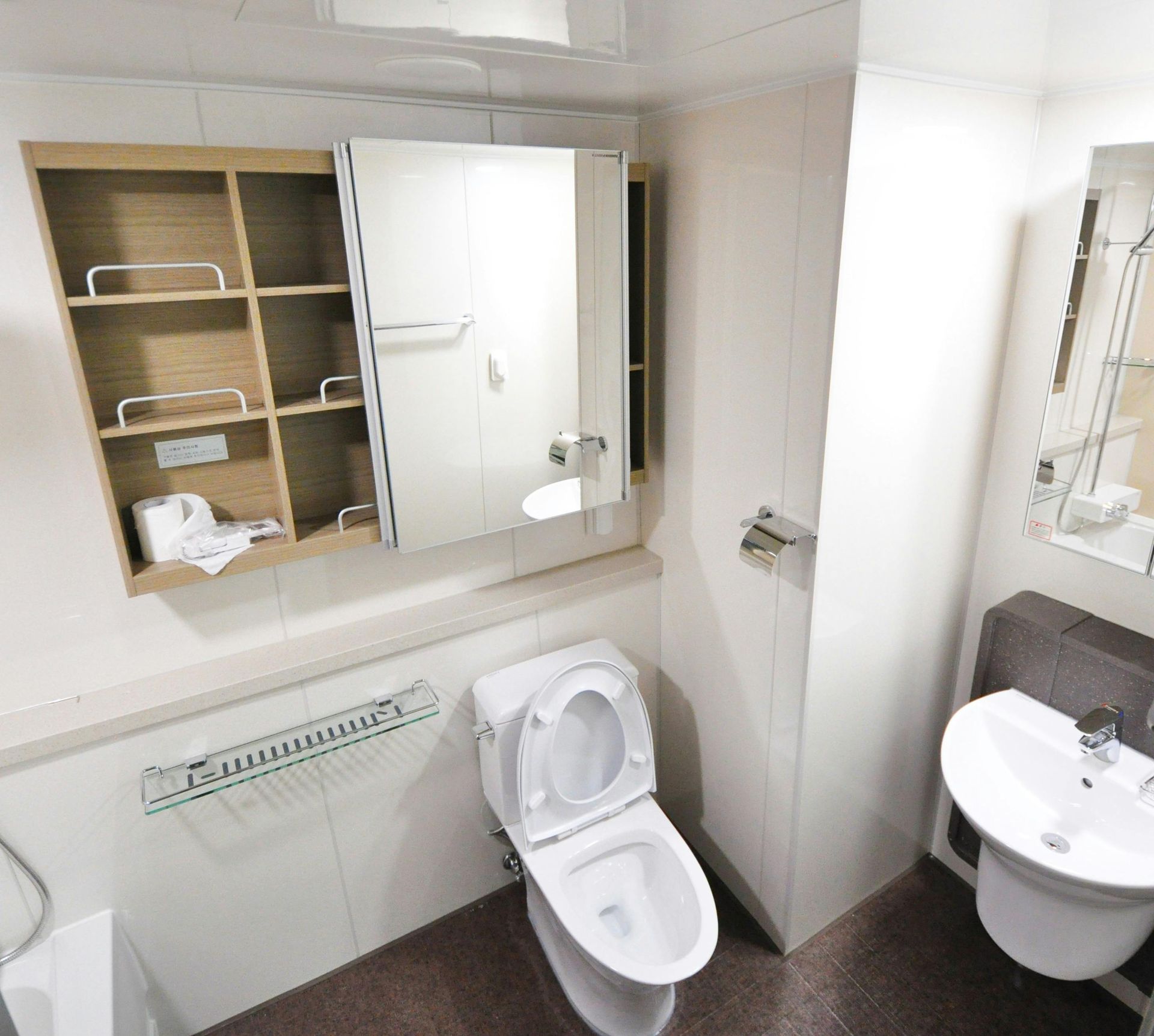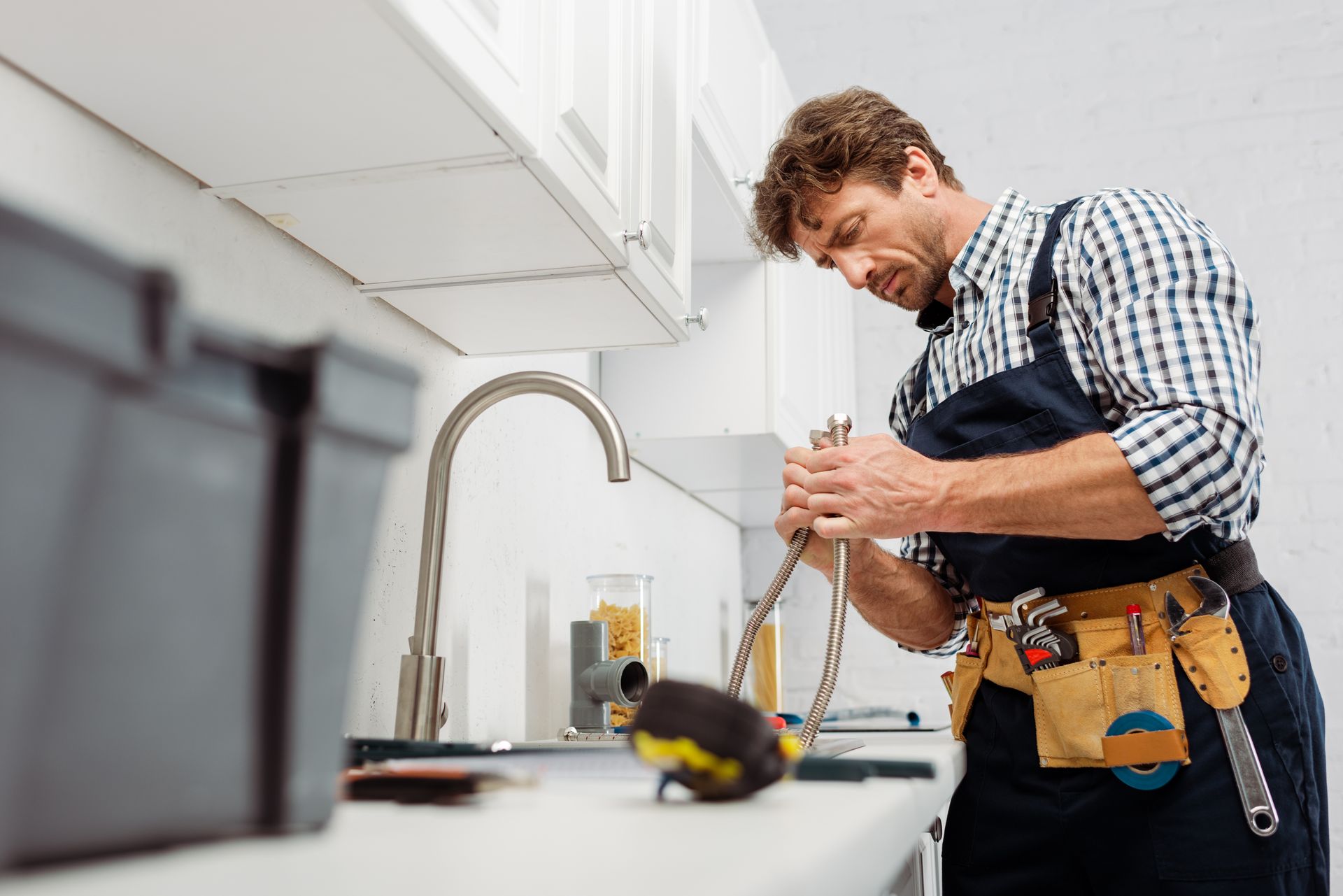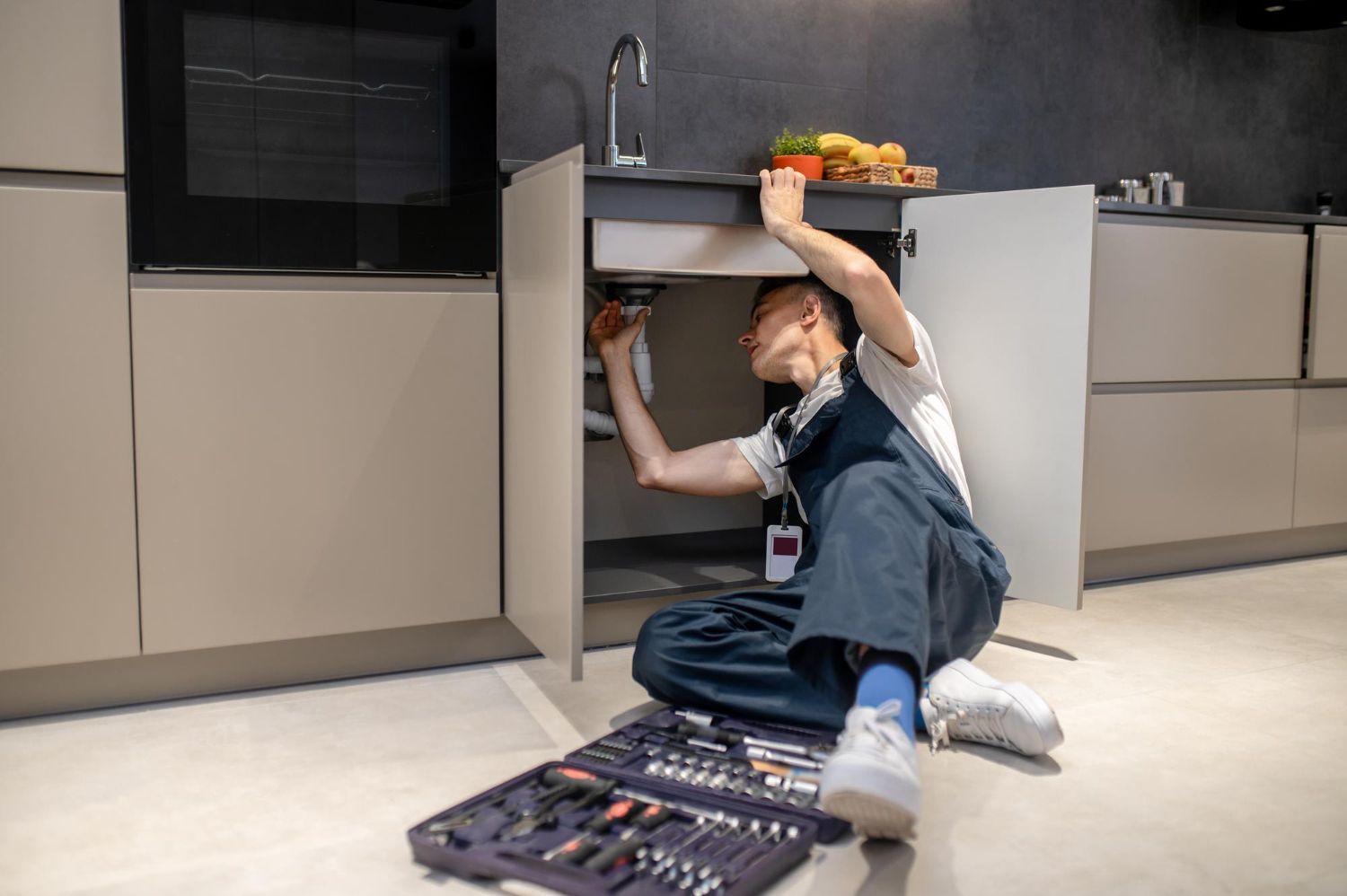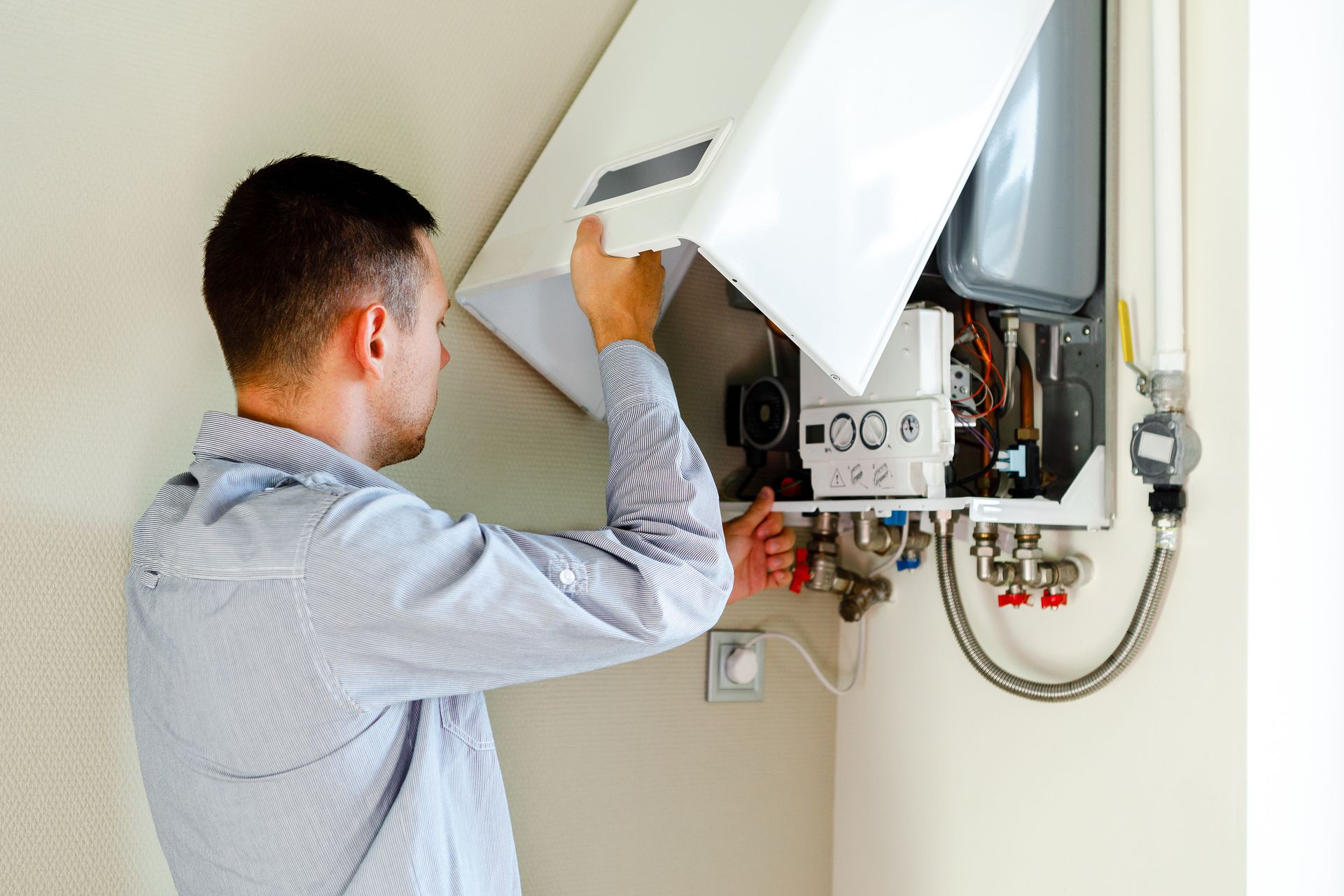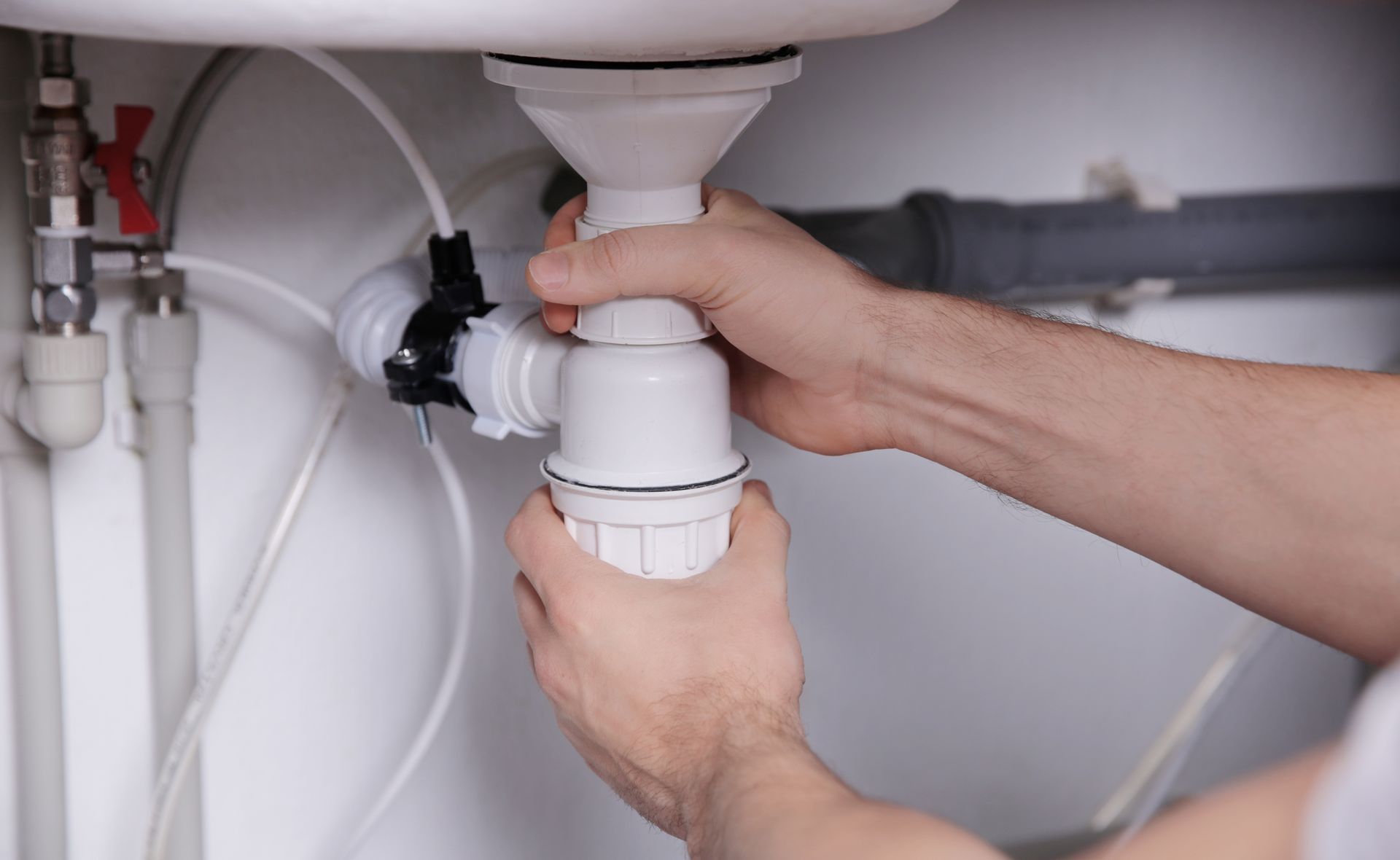5 Common Kitchen Sink Plumbing Problems and How to Fix Them
Your kitchen sink is the unsung hero of your home. It handles dirty dishes, rogue spaghetti noodles, and the occasional mystery gunk you’d rather not identify. But when your kitchen sink plumbing starts acting up, it can bring your entire kitchen to a standstill.
Whether you’re dealing with minor annoyances or full-on plumbing disasters, knowing what’s going on under the sink can save you time, money, and a whole lot of frustration. Let’s break down five of the most common
kitchen sink plumbing problems and how you can tackle them—before they tackle you.
1. The Dreaded Clogged Kitchen Sink: Causes and Solutions
There’s nothing quite like the sinking feeling (pun fully intended) of watching the water refuse to drain. A clogged kitchen sink plumbing system is hands down the most common issue homeowners face.
Why Your Sink is Clogged:
- Grease and Oils: They go in as liquid but cool into a stubborn, pipe-clogging paste.
- Food Scraps: Even with a garbage disposal, fibrous veggies, coffee grounds, and pasta can cause blockages.
- Soap Scum and Mineral Build-Up: Especially if you have hard water, this can build up over time.
How to Fix It:
- Try Boiling Water: Sometimes, a kettle of boiling water is enough to clear a mild blockage.
- Use a Plunger: Yes, your plunger works in the kitchen too! Just make sure it’s clean—unless you like to live dangerously.
- Baking Soda & Vinegar: The classic fizzing duo can break up some clogs. Pour a half cup of baking sod,a followed by a cup of vinegar, let it fizz, then flush with hot water.
- Call a Professional: If you’ve tried everything and your sink is still acting stubborn, it might be time to bring in the pros.
2. Leaks Under the Kitchen Sink: Identifying the Drip Drama
Leaks are sneaky. One minute, everything looks fine; the next, you’re mopping up a puddle under your cabinet. Under the kitchen sink plumbing is a prime spot for small leaks that can turn into big headaches.
Common Leak Culprits:
- Loose Connections: Vibrations and usage can loosen fittings over time.
- Worn-Out Washers or Gaskets: These small parts wear out but are easy to replace.
- Corroded Pipes: Especially if you have older plumbing, corrosion can cause pinhole leaks.
How to Fix It:
- Tighten Connections: Start by tightening nuts and fittings by hand, then carefully use a wrench if needed.
- Replace Washers: If the leak is from the faucet base or handle, changing a washer can do wonders.
- Patch Small Holes: Temporary pipe repair kits can hold you over until a plumber arrives.
Keep in mind: just because the leak is small doesn’t mean it’s harmless. Drips can lead to mold, warped cabinets, and even damage to your floors if ignored.
3. Kitchen Double Sink Plumbing Nightmares: When Only One Side Drains
If you have a kitchen double sink plumbing setup and only one side is draining—or worse, water from one side is bubbling into the other—it’s time to investigate.
Why This Happens:
- Shared Drain Line Blockage: In double sinks, both basins usually connect to the same trap and drain. A clog affects both sides.
- Garbage Disposal Backup: If you have a disposal on one side, a clog here can force water into the other sink.
How to Fix It:
- Plunge Both Sinks: You may need to plunge each side to break up the blockage.
- Check the Disposal: Run the disposal thoroughly to see if that clears the backup. Be sure to cut power before inspecting it manually.
- Clean the Trap: Sometimes the blockage is right in the U-shaped trap under the sink. If you’re comfortable, you can unscrew it and clean it out.
Pro Tip:
If water is still playing musical chairs between sinks, you might have a deeper clog that’s best handled by a plumber with a drain snake or hydro-jetting equipment
4. Low Water Pressure in the Kitchen Sink: The Slow Trickle Struggle
There’s nothing more frustrating than turning on the faucet and getting a pitiful trickle instead of a strong stream. This kitchen sink plumbing issue is usually easy to fix, but it can sometimes signal bigger problems.
Possible Causes:
- Clogged Aerator: This is the little screen on the faucet tip. Mineral deposits love to build up here.
- Faulty Cartridge: The faucet’s internal cartridge might be worn out or clogged.
- Supply Line Issues: If the problem is only at the kitchen sink, the issue is usually local. If it’s throughout the house, you might have bigger plumbing concerns.
How to Fix It:
- Clean the Aerator: Unscrew it, soak it in vinegar to dissolve the minerals, and brush it clean.
- Replace the Cartridge: This is a bit more technical but doable with a basic repair kit.
- Call a Plumber: If neither of these work, you may have a partially closed shutoff valve or a deeper supply line issue.
Sometimes the solution is literally at your fingertips.
5. Strange Smells from the Kitchen Sink: What’s That Funk?
Your kitchen sink is supposed to help clean, not add to the stench. If your kitchen sink plumbing smells like a swamp, something’s gone rogue in the pipes.
Common Causes:
- Food Trapped in the Disposal: Leftovers can rot inside the garbage disposal.
- Dry P-Trap: If a sink hasn’t been used in a while, the water seal in the trap can evaporate, letting sewer gas waft in.
- Biofilm Build-Up: Bacteria can form a slimy layer inside the pipes.
How to Fix It:
- Clean the Disposal: Run ice cubes and citrus peels through it. You can also use disposable cleaning tabs.
- Flush the Trap: Run plenty of water to refill the trap and keep the barrier intact.
- Use Baking Soda and Vinegar: Regular maintenance flushes can help prevent build-up.
- Scrub the Drain: Use a small brush to clean just inside the drain opening where biofilm loves to hang out.
If the smell persists, the issue could be farther down the line and worth a professional inspection.
Contact The Plumbing Trust for Expert Kitchen Sink Plumbing Services in Martinsburg, WV!
When your kitchen sink plumbing issues go beyond a DIY fix—or you just don’t want to risk turning a small problem into a kitchen flood—it’s time to call in the experts.
At The Plumbing Trust, we proudly offer fast, reliable plumbing services in Martinsburg, WV, and the surrounding areas. Whether you’re battling stubborn clogs, slow drains, mystery leaks, or weird noises coming from your sink (we’ve seen it all), our friendly team is here to help.
Give us a call today at
(304) 249-4956 to schedule your plumbing service! We also specialize in
tankless water heaters,
underground utilities,
water treatment services, and more. When it comes to plumbing, we’ve got your whole home covered—sink to sewer and everything in between.
FAQs
Can I pour grease down the kitchen sink if I run hot water?
Nope! Hot water may help the grease travel a little farther, but eventually it cools and solidifies in your pipes. Always dispose of grease in a container and toss it in the trash.
Why does my kitchen sink gurgle when I drain water?
That gurgling sound is air struggling to escape because of a partial clog or poor venting in your under kitchen sink plumbing. It’s best to have it checked before it escalates.
How often should I clean my kitchen sink drain?
A good rule of thumb is once a month. Regular flushing with hot water and the occasional baking soda/vinegar combo can prevent build-up and keep things flowing smoothly.
Can a garbage disposal be installed in a double sink?
Yes! In fact, many kitchen double sink plumbing setups include a disposal on one side and a regular drain on the other. Proper installation is key to avoiding future drainage issues.
What’s the best way to prevent kitchen sink clogs?
Avoid pouring grease, don’t overload the garbage disposal, and use a sink strainer to catch food scraps. Regular maintenance flushes can also help keep pipes clear.


